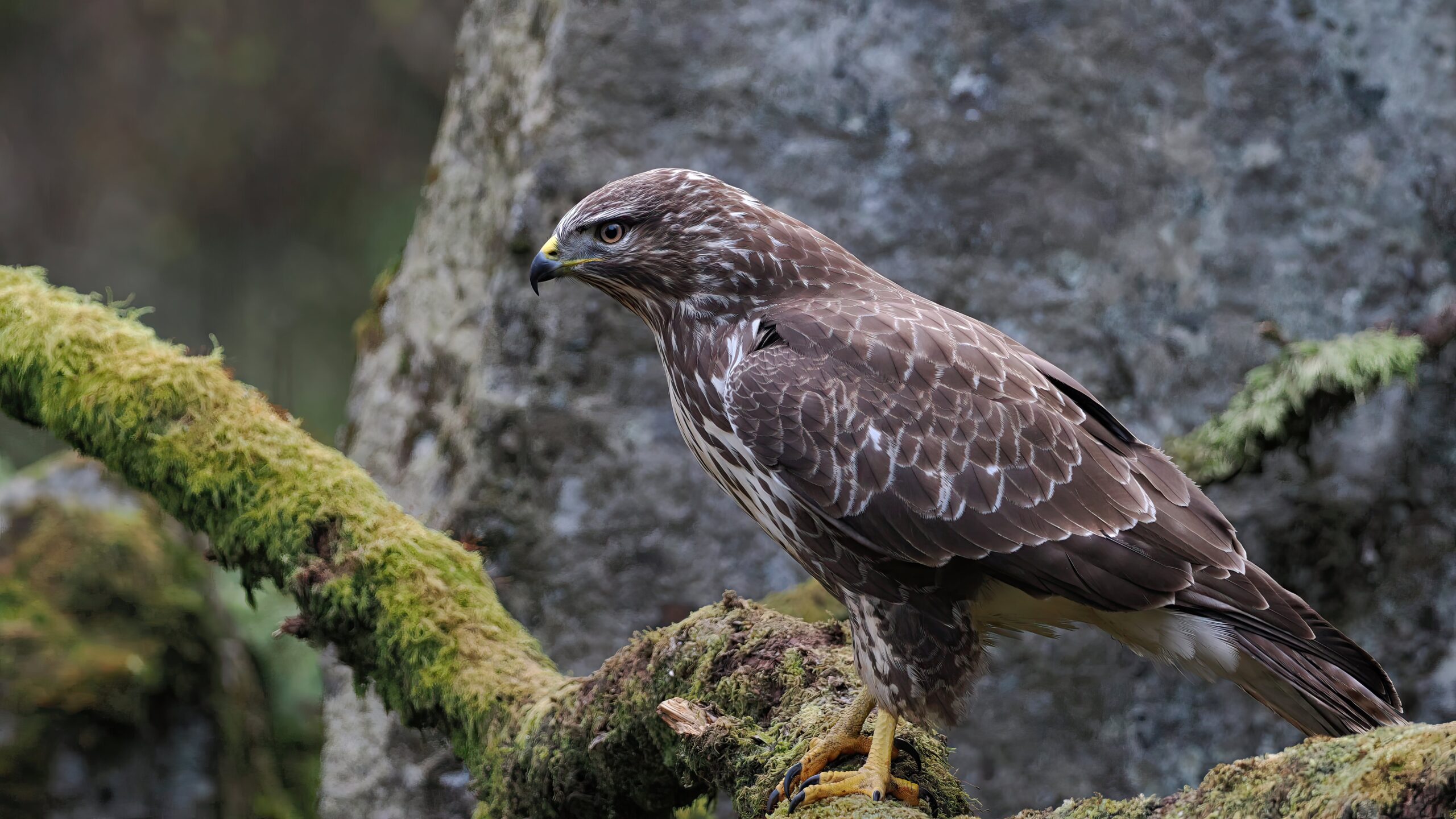Creating a Buzz: Tips and Tricks to Lure Buzzards to Your Backyard
Buzzards, also known as common buzzards or Buteo buteo, are majestic birds of prey that can add a touch of wilderness and beauty to any backyard. With their impressive wingspan and soaring flight, attracting buzzards to your garden can be a rewarding experience. However, understanding their behavior and habitat is crucial to successfully luring them in. In this article, we will explore various tips and tricks to create an inviting environment for buzzards, including selecting the right food sources, building safe nesting spots, utilizing visual and auditory stimuli, and maintaining a buzzard-friendly backyard for long-term attraction and conservation.
Understanding the Behavior and Habitat of Buzzards: A Key to Attracting Them to Your Garden
To attract buzzards to your backyard, it is essential to understand their behavior and habitat. Buzzards are typically found in open areas such as farmland, woodlands, and moorlands. They prefer areas with a mix of open spaces for hunting and perching spots for resting. By creating a similar environment in your garden, you can increase the chances of attracting these magnificent birds.
Creating an Inviting Environment: Essential Elements for Buzzard Attraction
To create an inviting environment for buzzards, several elements need to be considered. Firstly, providing perching spots such as tall trees or sturdy poles can attract buzzards as they prefer elevated locations for resting and surveying their surroundings. Additionally, incorporating open spaces with short grass or meadows can mimic their natural hunting grounds. These open areas can also attract small mammals and insects, which serve as a food source for buzzards.
Selecting the Right Food Sources: What Buzzards Love to Feast On
Buzzards are opportunistic hunters and scavengers, feeding on a variety of prey. They primarily consume small mammals like voles, rabbits, and mice, as well as birds, reptiles, and carrion. To attract buzzards, providing a diverse range of food sources is crucial. Planting shrubs and trees that attract small mammals and birds can help create a natural food chain in your garden. Additionally, leaving out carrion or setting up feeding stations with appropriate food can entice buzzards to visit regularly.
Building Safe and Comfortable Nesting Spots: Encouraging Buzzards to Stay
Creating safe and comfortable nesting spots is essential to encourage buzzards to stay in your backyard. Buzzards typically build their nests in tall trees, cliffs, or on man-made structures such as pylons. Installing nesting platforms or providing suitable trees with sturdy branches can attract buzzards looking for a place to breed. Ensuring the nesting spots are away from disturbances and predators will increase the chances of successful breeding and long-term residency.
Utilizing Visual and Auditory Stimuli: Techniques to Catch Buzzards’ Attention
Visual and auditory stimuli can be effective techniques to catch buzzards’ attention and lure them to your garden. Placing decoy birds or models of prey, such as owls or hawks, can create a sense of competition and attract buzzards looking for potential food sources. Additionally, playing recordings of buzzard calls or other bird of prey sounds can pique their curiosity and encourage them to investigate your garden.
Maintaining a Buzzard-Friendly Backyard: Tips for Long-Term Attraction and Conservation
To maintain a buzzard-friendly backyard, it is important to provide a sustainable environment that supports their needs. Avoid using pesticides or harmful chemicals that can harm their food sources or poison the birds directly. Additionally, maintaining a healthy ecosystem by planting native plants, providing water sources, and creating sheltered areas can attract a variety of wildlife, including buzzards. Regularly monitoring and maintaining the nesting spots, food sources, and perching spots will ensure a long-term attraction and conservation of these magnificent birds.
In conclusion, attracting buzzards to your backyard requires a comprehensive understanding of their behavior and habitat. By creating an inviting environment with perching spots, open spaces, and suitable nesting spots, you can increase the chances of attracting buzzards. Providing a diverse range of food sources, utilizing visual and auditory stimuli, and maintaining a buzzard-friendly backyard will ensure long-term attraction and conservation. So, get ready to create a buzz in your garden and enjoy the beauty and grace of these magnificent birds of prey.

